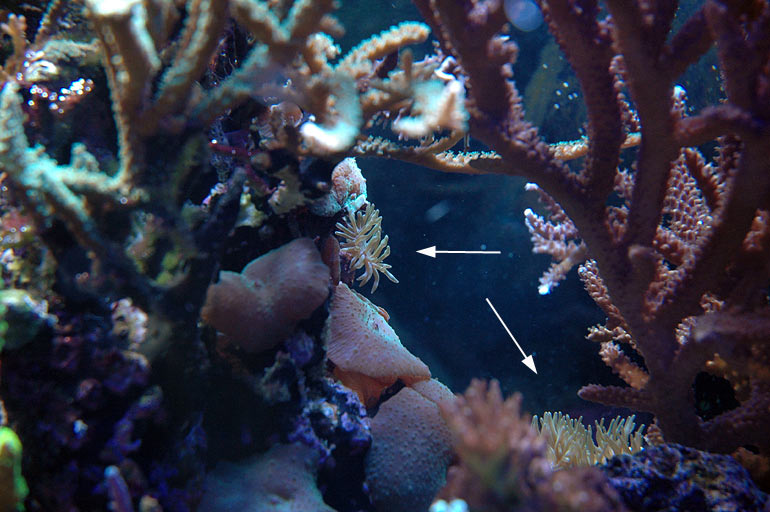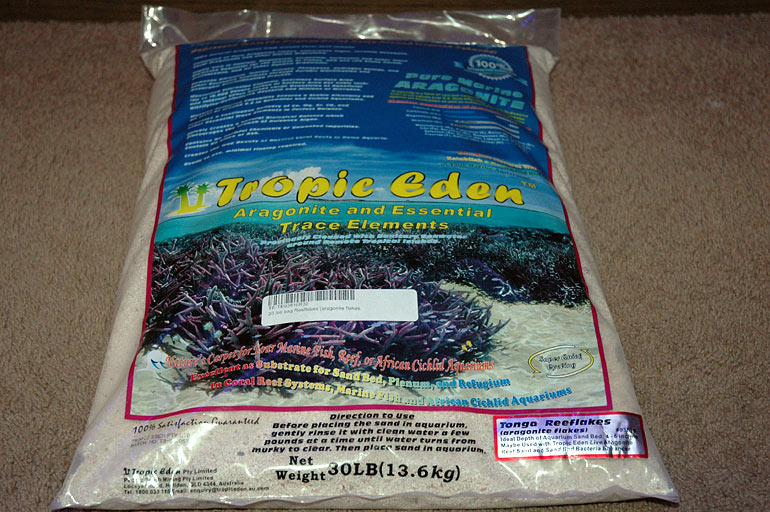Usually whenever I hear some new idea, I'm pretty cautious and resist the urge to proceed until I get more information. However, this time I just ran with it. Pretty out of character, right? Part of the reason is because the stuff recommended is no stranger to this professional stripper.

So here's the premise. Mix up lye (Sodium hydroxide) with water, and attack those pest anemones. Sounds simple, and it's cheap!
...


